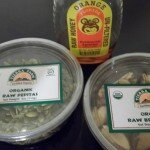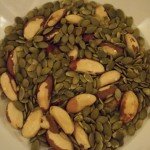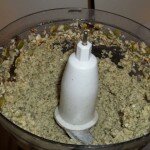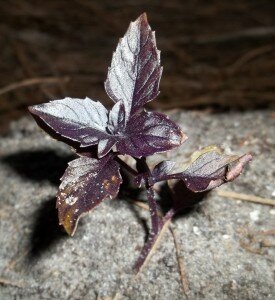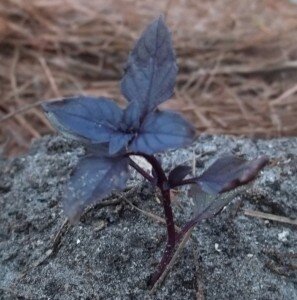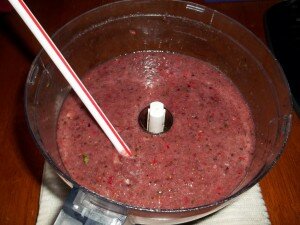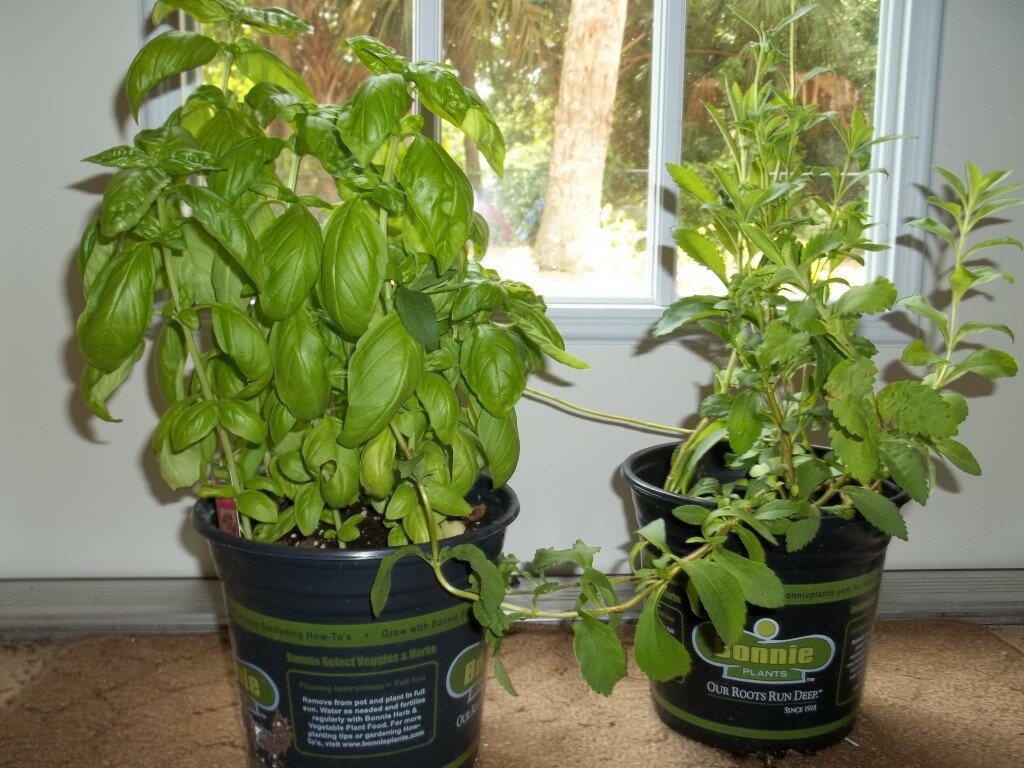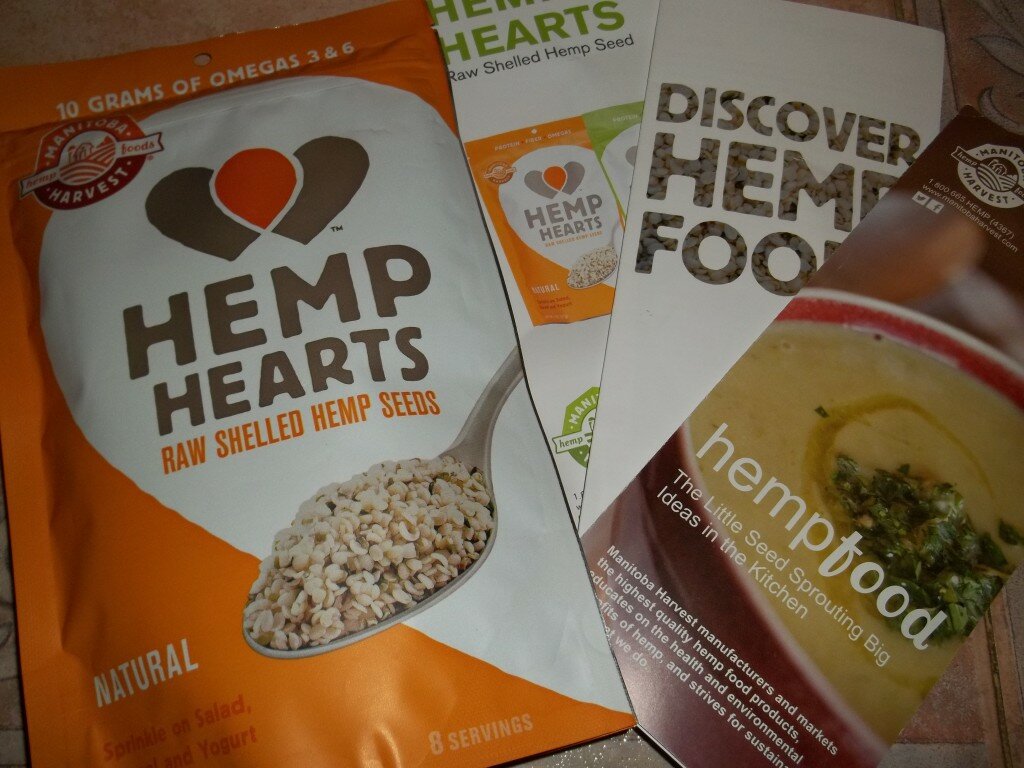Category Archives: Recipes
Flowers! Candy! Running in the Rain!
FeaturedWhat’s better than enjoying flowers and candy? How about indulging with guilt-free, organic, earth-friendly versions?
The Flowers:
Organically Raised “Knock-Out” Rose Bushes Continue reading
Amazing Apple Cider Vinegar
FeaturedIf the glass bottle of Bragg Apple Cider Vinegar from my Balanced Gut, Balanced Mind post caught your eye and you’re wondering how in the world vinegar might be beneficial to your health, then this is the post for you.¹
And i f you’re already well aware of the benefits of using raw apple cider vinegar, then I apologize for being patronizing, but, hopefully, this post will provide you with a platform to contribute your own unique experience using apple cider vinegar.
f you’re already well aware of the benefits of using raw apple cider vinegar, then I apologize for being patronizing, but, hopefully, this post will provide you with a platform to contribute your own unique experience using apple cider vinegar.
The information that I’m providing is by no means exhaustive, I’m not a doctor, nutritionist or licensed health professional.² This post is based on personal experience and I’d love to hear how it has personally helped you! So if you already use, or have used, apple cider vinegar in your daily regimen, then please comment below with your experience. Continue reading
Vegan or Orthorexic?
FeaturedUnless you’ve been living under a rock, you probably know of at least one person who has either tried or adopted the vegan lifestyle.
Vegetarians do not eat meat, fish, or poultry. Vegans, in addition to being vegetarian, do not use other animal products and by-products such as eggs, dairy products, honey, leather, fur, silk, wool, cosmetics, and soaps derived from animal products. -The Vegetarian Resource Group
I think that when people choose to go vegan and their hearts are truly in the right place about it, it reflects in their behavior, decision making and outward countenance for the better.
When I went vegan between the years of 2007 and 2013, it was for the purposes of restricting. I was basically using the lifestyle as a socially acceptable excuse for my anorexia.
So for ME, Veganism did not make me kind.
Rather, it made me bitchier, more defensive and all the more inconsiderate.
That was the case for ME. I am not projecting that on the experiences of others–everyone is different.
So in examining my experience, it was yet another instance of manipulating circumstance to protect my eating disorder–even if it has to evolve in some way, or so it has been the case over the years. I am and have been, working on that.
There has been a lot of bad press lately about orthorexia & veganism, so I want to address that:
What can happen to some individuals who adopt the Vegan Lifestyle is potentially developing the newly classified eating disorder called Orthorexia. This is when the person becomes so focused upon healthy eating that they begin to eliminate unhealthy, impure or “bad” foods from their diet to the point that it becomes so restrictive that they become malnourished.
The irony is that they are “so focused on being healthy” that they literally begin to sacrifice their health for the sake of it. Before everyone starts shouting at once, please notice I said “Some” individuals and “Potentially” developing.
I want to be clear that Veganism does not cause Orthorexia.
That would be like saying ‘Dieting causes Anorexia’ or ‘Getting the stomach flu causes Bulimia’, you see what I am saying?
Raw, Vegan Walnut Milk!
FeaturedToday I used up the last of my creamer for coffee, so I decided to get creative with what I had on hand. I am by no means skilled in the kitchen–I’m rather horrible actually. I’m neglectful in following recipes and usually just go off instinct.
This sometimes results in an accidentally nice-tasting result, but, more often, the results are pretty bleak.
I’d recently used my food processor to make homemade cashew butter sweetened with dates, and that somehow turned out really good. A day or so later, I wanted to find a savory use for my raw pumpkin seeds. I’d already tried a *sweet* attempt with Pepitas, Brazil Nuts and Raw Honey a while ago, with fairly decent results (below).
It turns out, pumpkin seeds, coarsely blended with salt and garlic, taste amazing mixed with pasta. I realized that I’d stumbled upon my own homemade vegan “Parmesan cheese” without actively looking for it. Whaaat? It was so good with plain pasta and a little pepper added. When tossed with the warm pasta, the pulverized pepitas became creamy. It tasted like Fettuccine Alfredo, but vegan! So, so surprisingly good.
Figgy Pudding 2.0
FeaturedI know it’s enormously lazy to recycle a post and, I normally wouldn’t do this, but I noticed a great deal of traffic on My Figgy Pudding Post from last year. For a moment, I thought to myself, “That’s bizarre. Why on earth is everyone looking at this boring old post?”.

Oh yeah. It’s Christmas Day in exactly five days.
For the love of–honestly, what is wrong with me?
Anyway, if you are interested in learning about what this highly mysterious seasonal treat actually is, you can click on this link or see the post below. I sincerely hope I don’t spoil its enigmatic appeal for you.

Oh, and if you are interested in reading more recent posts about my own Fig Tree Cultivation, you can find several posts within the Gardening Category in the column on the right. Continue reading
Stevia & Smoothies
FeaturedThe Stevia plant (Stevia rebaudiana) produces sweet-tasting, calorie-free leaves which can be crushed or dried to sweeten hot or cold drinks. Stevia can replace sugar in a lot of recipes and is ideal for consumption because it is not metabolized by the body.
Stevia grows best in warm conditions similar to those preferred by Basil. It can be started from seed, but with challenges. It is easiest to grow it from the herb’s cuttings or from a plant transferred to a raised bed.
How convenient and serendipitous that my mom dropped by today with a potted specimen of each herb!
Sweet Basil is my favorite herb. Up until the weather became uncooperative, my Purple Basil plant was surviving.
With a combination of my over-zealous harvesting and not enough rain, it has all but died off.
I am hoping that it will make a comeback, but for now, I am content to enjoy my new Basil plant.
I have never used Whole-Leaf Stevia before, so I was interested to see how it would work.
The hot and humid weather makes me want cold food and beverages. This morning, I concocted a delicious and refreshing Fruit Smoothie by combining frozen watermelon, blackberries, strawberries in my food processor. A few leaves from the Stevia plant sweetened it just enough.
If you look closely, you can actually see pieces of Stevia Leaf in there. It’s much better to consume Whole-Leaf Stevia than the derivative of Stevia called Rebaudioside A. Most commercially available drink mixes and packaged sugar substitutes are not Raw or Whole-Leaf Stevia, but the processed version. It’s sometimes labeled as either Reb A or Rebiana on the label. These sweeteners are nutritionally inferior to Whole-Leaf as they have been liberated from most of their antioxidants.
In the past, I have experienced a fairly bitter taste when sweetening my tea with Truvia, the commercially available pre-packaged version. From what I have read, this is caused by over-heating the herb.
Courtesy of Mother Earth News, here are a few basic Stevia applications as well as a Sugar-Equivalent Guide:
Stevia Tea. Fill a metal tea ball with 1 rounded tablespoon of dried, lightly crushed stevia leaves. Place in a clean pint canning jar, and cover with almost-boiling water. Steep 10 minutes before removing the stevia. Screw on the lid and keep in the refrigerator for up to 5 days. Yield: 2 cups (16 ounces), sweetness equivalent to about 2 cups sugar.
Stevia Extract. Bring 1 cup water to almost boiling, add one-half cup lightly crushed stevia leaves. Remove from heat, cover with lid, and steep 40 minutes. Strain through a coffee filter, and pour into a dark-colored container. Store in the refrigerator 1 to 2 weeks. Yield: 3/4 cup (6 ounces), equivalent to 3 cups sugar.
Stevia Tincture. Place one-half cup dried, lightly crushed stevia leaves in a clean glass jar. Add 3/4 cup 100-proof vodka or rum. Screw on the lid and shake. Place in a cool, dark place for two days, shaking the jar twice a day. Strain through cheesecloth or a jelly bag, and place the liquid in a small saucepan. Heat on low until steam rises, and maintain that temperature for 20 to 30 minutes, (do not boil). This creates a more concentrated tincture while removing most of the alcohol’s taste and smell. Pour the cooled tincture into a dark-colored container. Store in the refrigerator up to 3 months. Yield: About 1/4 cup (2 ounces), equivalent to 6 cups sugar.
| Stevia Preparation | Sugar Equivalent | Notes | |
| Stevia tea |
1 teaspoon 1 tablespoon 1/4 cup |
1 teaspoon 1 tablespoon 1/4 cup |
Top method for sweetening herbal teas and lemonade, or for sprinkling over cut fruit. Can be frozen in cubes for long-term storage. |
| Stevia extract |
1 teaspoon 1 tablespoon |
1 tablespoon 1/4 cup |
Ideal way to sweeten sorbets, salad dressings, fruit muffins and berry syrups. Most versatile form for cooking. |
| Stevia tincture |
3 drops 1/2 teaspoon 1 teaspoon |
1 teaspoon 1/4 cup 1/2 cup |
Best method for stevia-sweetened hot chocolate, pudding or mousse. Concentrated and convenient to carry. |
Have you tried Whole-Leaf Stevia as a sugar replacement?
What is your favorite fruit-blend for a smoothie?
Tea & Cookies
FeaturedHemp Hearts & Spinach Soup
FeaturedWith the dismal week behind me, I can concentrate on brighter, more positive things.
Like this weekend’s forecast:
 And surprise delivery from Manitoba Harvest:
And surprise delivery from Manitoba Harvest:
My Sweet Tooth Prevails!
FeaturedGrowing up, my mother strove to instill the values of diligence and persistence in all of her children. These attributes are particularly valuable in the realm of gardening, which, incidentally, my mother taught me to love.
I have more seeds to sow!




